New H+ Longevity and Cryo event in Spain!
The First Longevity and Cryonics event in Spain will be held on May 26–28 2017 In Madrid.


The researchers from the University of Southampton, working with colleagues in Canada and Italy, claim there is as much evidence for this theory as for traditional explanations for these irregularities.
A holographic universe, an idea first suggested in the 1990s, is one where all the information, which makes up our 3D ‘reality’is contained in a 2D surface on its boundaries.
Until now the bizarre theory had rarely been tested, but recent mathematical models suggest that the mind-boggling principle could be true.
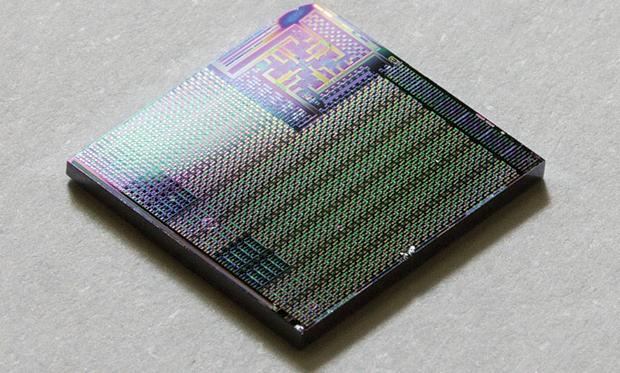
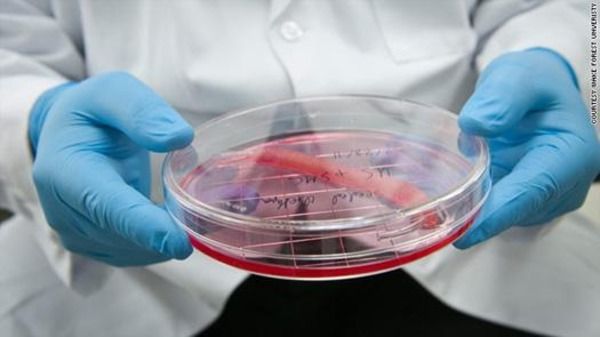
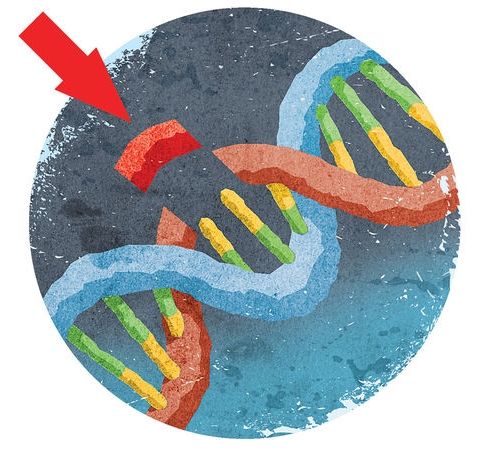

Pterostilbene showing some interesting potential for treating cancer.
One of the most common forms of cancer in the hematologic system is Multiple myeloma (MM) which affects plasma cells, a type of white blood cell that produces antibodies. With advanced symptoms bone pain, bleeding, frequent infections, and anemia may occur.
In studies, Pterostilbene has shown anti-inflammatory and anticarcinogenic properties which has led to the improved function of healthy cells and the inhibition of malignant cells. So far its anticarcinogenic action has been reported for lung, breast and prostate cancers. Today we will look at the latest research showing how it could be used to treat cancer patients.
A better Resveratrol
As we already explaining through this dedicated website, Pterostilbene is a naturally occurring dietary compound, first discovered in 1977 by Langcake and Pryce. Pterostilbene is chemically related to resveratrol but with better bioavailability due to the presence of two methoxy groups which cause it to exhibit increased lipophilic and oral absorption. In animal studies, pterostilbene was shown to have 80% bioavailability compared to 20% for resveratrol suggesting it is a superior choice in direct comparison.
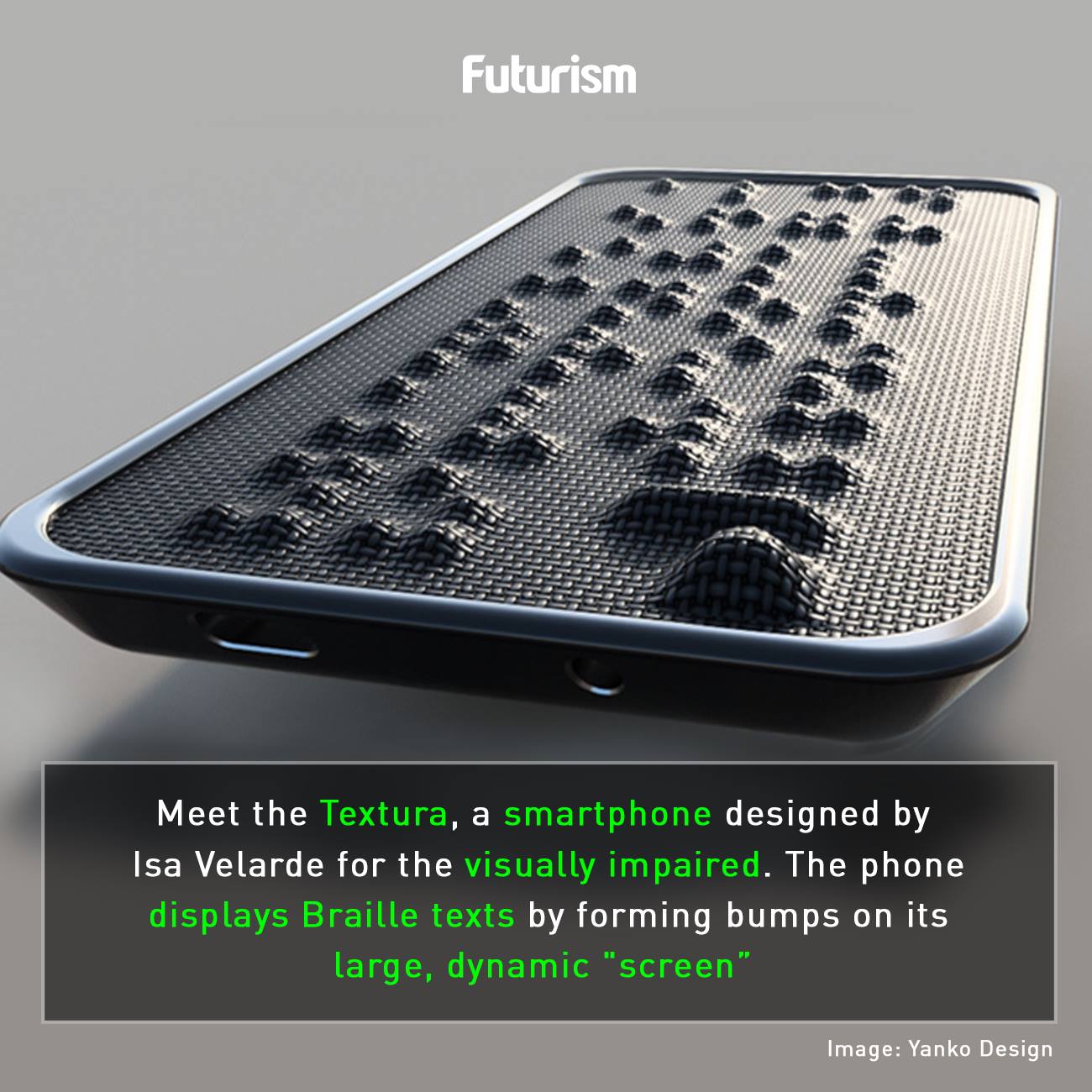
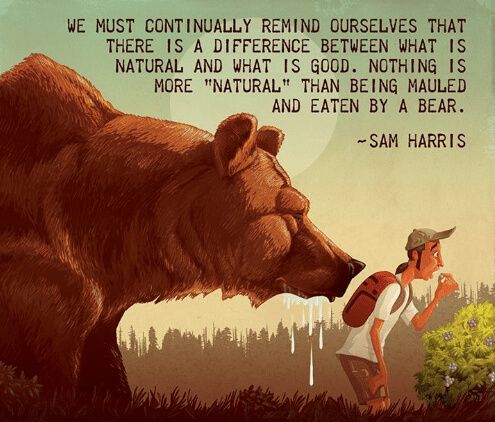
Some people object we shouldn’t cure ageing because it is natural. Well, so is malaria, for example…
You know, I may even agree ageing is ‘natural’. If we define natural as something that happens spontaneously, without external intervention, as a consequence of chemical and physical interactions, then yes, ageing is natural. This is not a great argument in favour of ageing, though, because there are very many perfectly natural things that are really bad for you, ranging on the badness spectrum pretty much anywhere from ‘mildly upsetting’ to ‘catastrophically apocalyptic’: mosquito bites, genetic diseases, viral diseses, earthquakes, tsunamis, stars going nova, being eaten by lions, cancer, a pidgeon pooing on the fancy suit you rented for your wedding precisely when you say ‘I do’, bacterial infections, and so on. So, okay, maybe ageing is natural. So what? It is also the number one cause of suffering and diseases in the western world. Frankly, I don’t give a damn if it is natural or not. It’s still pretty bad.
Speaking of rejuvenation being not natural, I could nitpick a lot. I could ask, what is ‘not natural’? Is it anything human made? Then what about things made by animals? For example, if a building is ‘not natural’, what about a beehive then? Natural or not? Given we humans have a natural tendency to tweak things around to make them work the way we want, wouldn’t rejuvenation be our natural response to the problem of ageing, just like medicines are our natural response to the problem of diseases?
I really could nitpick a lot, but it won’t be necessary. Whatever definition of ‘not natural’ one may want to give, the real issue here is that there’s a hidden meaning to ‘not natural’ which is always subtly implied, even though not stated explicitly: Things that are ‘not natural’ must be somehow bad, not good for you, dangerous for the environment, immoral, evil. Maybe they bring bad luck as well. Needless to say, this is just as wrong as claiming everything natural is good for you. Medicines are good for you. Vaccines are good for you. In a broader sense, electrical installations are good for you (if you don’t stick your fingers into the power outlet); technology, transportation, anti-seismic buildings, toothbrushes, and so on, are good for you. All ‘not natural’ stuff that is still good and you’d hardly give it up. So, okay, let’s say rejuvenation is ‘not natural’. Who cares? It’d prevent you from getting crippled by a number of nasty diseases.
